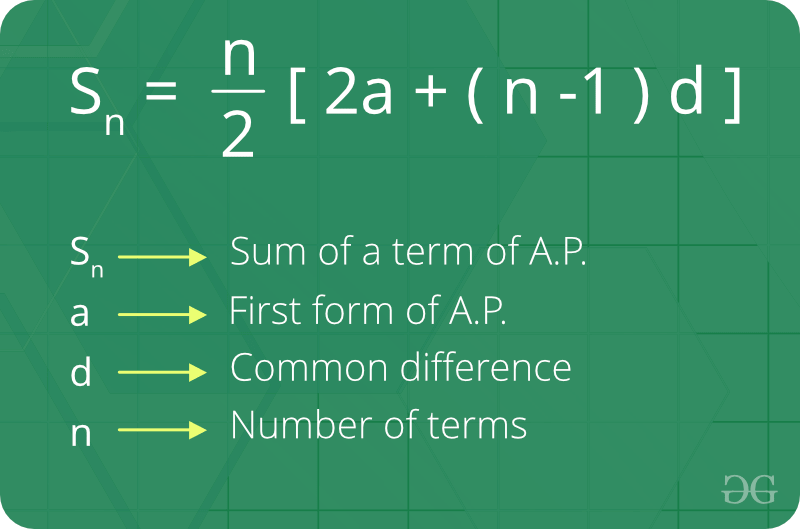

In this article, we will learn about the Queue Data Structure with the help of real-life examples.The front of the queue is returned using the peek operation. Insertion happens at the rear end of the queue whereas deletion happens at the front end of the queue. The interrupts are handled in the same order as they arrive i.e First come first served.A Queue is an abstract linear data structure serving as a collection of elements that are inserted (enqueue operation) and removed (dequeue operation) according to the First in First Out (FIFO) approach. Handling of interrupts in real-time systems.In real life scenario, Call Center phone systems use Queues to hold people calling them in an order, until a service representative is free.Serving requests on a single shared resource, like a printer, CPU task scheduling etc.Queue, as the name suggests is used whenever we need to manage any group of objects in an order in which the first one coming in, also gets out first while the others wait for their turn, like in the following scenarios: If the queue is not empty, then print the element at the head and increment the head.If the queue is empty, then print underflow error and exit the program.If the queue is not full, then increment the tail and add the element.If the queue is full, then print overflow error and exit the program.peek( ) function is often used to return the value of the first element without dequeuing it.Once a new element is inserted into the Queue, all the elements inserted before the new element in the queue must be removed, to remove the new element.The queue is a FIFO( First in First Out ) structure.Like a stack, the queue is also an ordered list of elements of similar data types.Then it is said to be an Underflow condition. The items are popped in the same order in which they are pushed. Mainly the following four basic operations are performed on queue:Įnqueue: Adds an item to the queue. This makes queue as FIFO(First in First Out) data structure, which means that element

In which the first element is inserted from one end called the REAR(also called tail),Īnd the removal of existing element takes place from the other end called as FRONT(also called head). Queue is also an abstract data type or a linear data structure, just like stack data structure, Item the most recently added in a queue, we remove the item the least recently added. The difference between stacks and queues is in removing. We can implement the queue ADT either with an array or linked list. Whenever an element is deleted from the queue, it must be checked whether Whenever an element is inserted into the queue, it must be checked whether the The first element that gets added into the queue is the first one to get removedįrom the list, Hence Queue is also referred to as First-In-First-Out ( FIFO ) list. The end at which insertion of a new element can take place isĬalled ‘ rear ‘ and the end at which deletion of an element take place is called ‘ The queue is a linear data structure that permits insertion of a new element at one end and deletion The back of the queue, dequeue means removing the front item. Two operations are allowed enqueue and dequeue.

New additions to a line made to theīack of the queue, while removal (or serving) happens in the front. Queue, data structure tutorial, introduction, asymptotic analysis, array, pointer, structure, singly linked list, doubly linked list, circular linked list, binary search, linear search, sorting, bucket sort, comb sort, shell sort, heap sort, merge sort, selection sort, counting sort, stack, quene, cĪ queue is a container of objects (a linear collection) that are inserted and removedĪccording to the first-in first-out (FIFO) principle. Priority Queue Implementation using Array


 0 kommentar(er)
0 kommentar(er)
